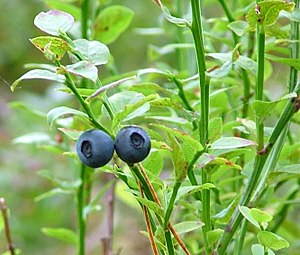Although most cultures have fermented food as a staple in their dietary patterns, little has been reported on the use of fermentation as an herbal extraction method. The process may contribute more than just modifying solvent pH. Rizzello et al. (2013) reported using a lactic acid fermentation with specific yeast strains that improved the antioxidant activity of Echinacea purpurea. They compared fermentation extraction to either a methanol or water extract without fermentation. The greatest antimicrobial activity was associated with low molecular mass compounds negated in the presence of digestive enzymes, suggesting small peptides as the active agent. The authors cited other experiments with grapes, soy and cereal grains where the fermentation process increased bio-availability of certain compounds and produced novel chemical species.
This process is worth exploring by both herbal supplement companies and herbalist as a new medicine making method. Traditional texts provide some guidance. Enzymatic processes can optimize extraction of plant cellular content at lower temperatures. And research (Mishra et al., 2010; Mulay and Khale, 2011) applying traditional Ayurvedic methods of fermented extraction found reduced toxicity in the final product. This opens up a little explored market around functional foods as well.
Reference:
- Mishra AK, Gupta A, Gupta V, Sand R, Bansal P. 2010. Asava and arishta: an Ayrvedic medicine – an overview. Int J Pharm Biol Arch. 1(1):24–30.
- Mulay S, Khale A. 2011. Asavarishtas through improved fermentation technology. Int J Pharma Sci Res. 2(6):1421–1425.
- Rizzello, CG et al. (2013) Lactic acid fermentation as a tool to enhance the functional features of Echinacea spp. Microbial Cell Factories. 12:44-59.

